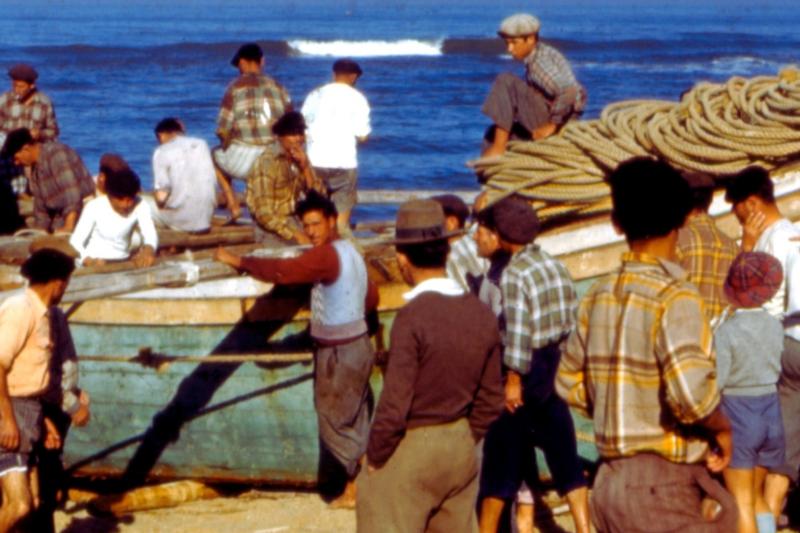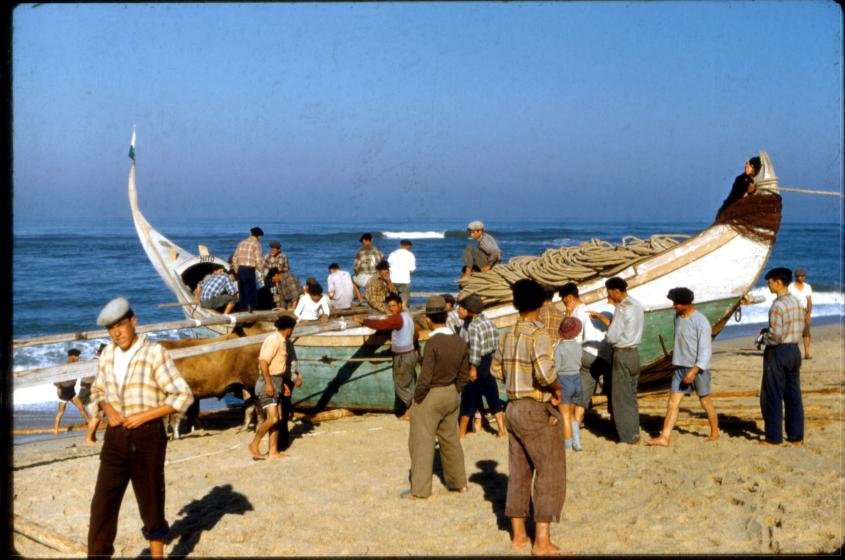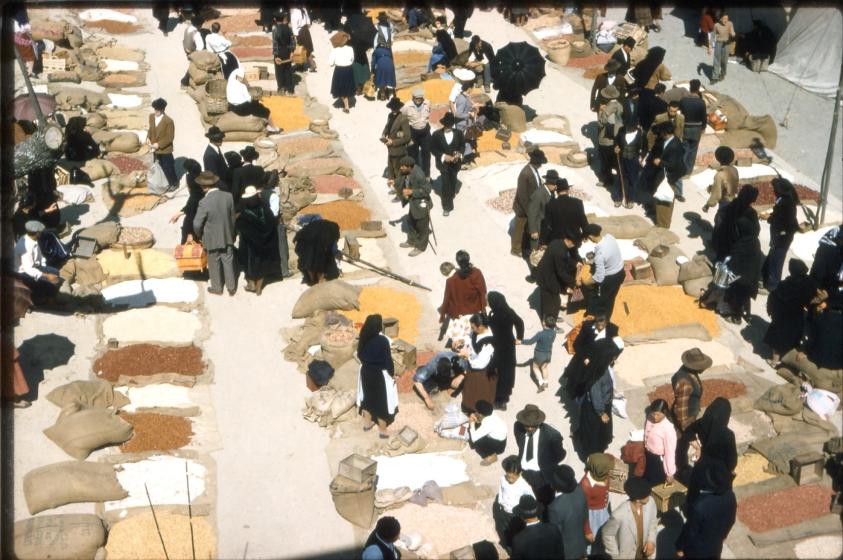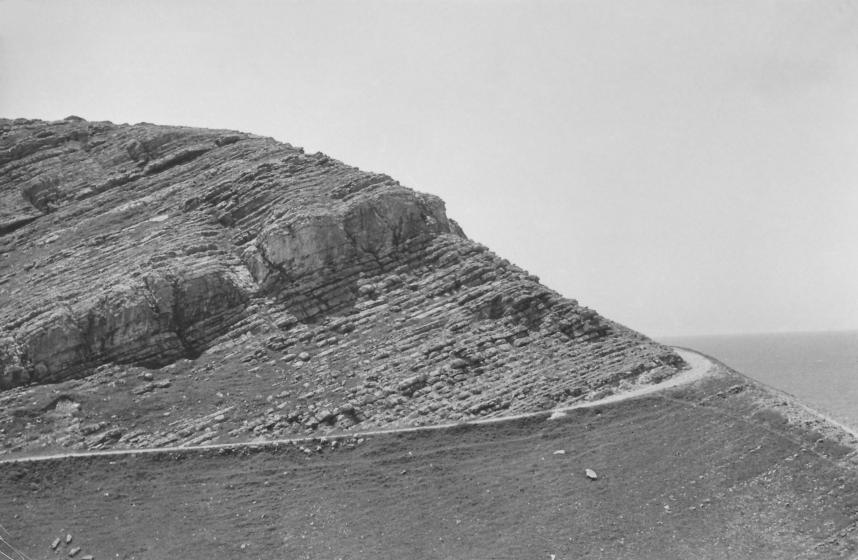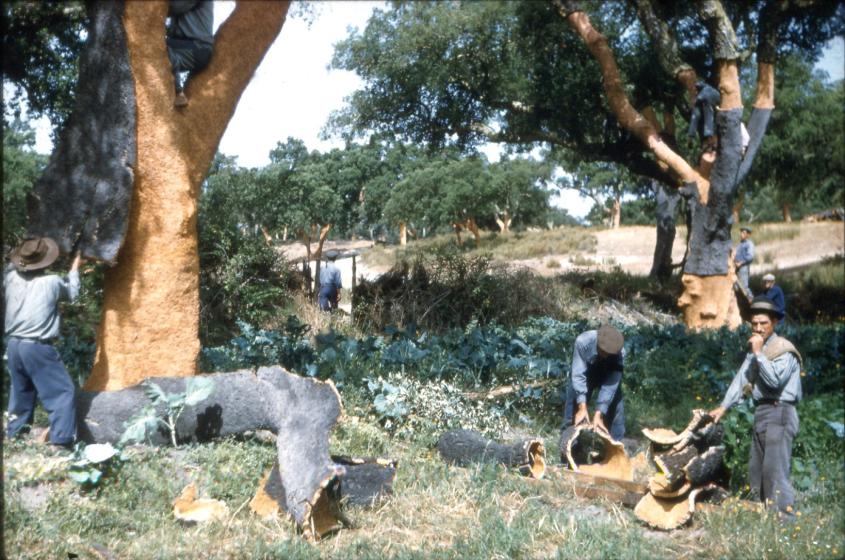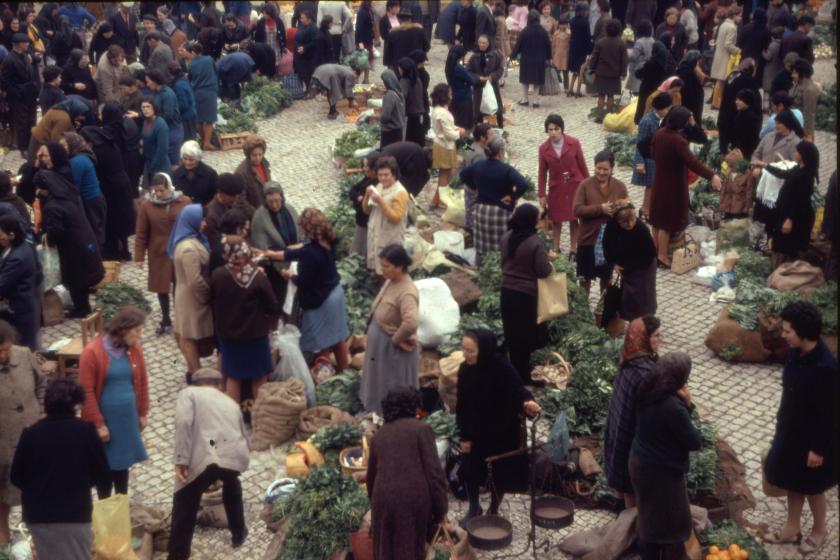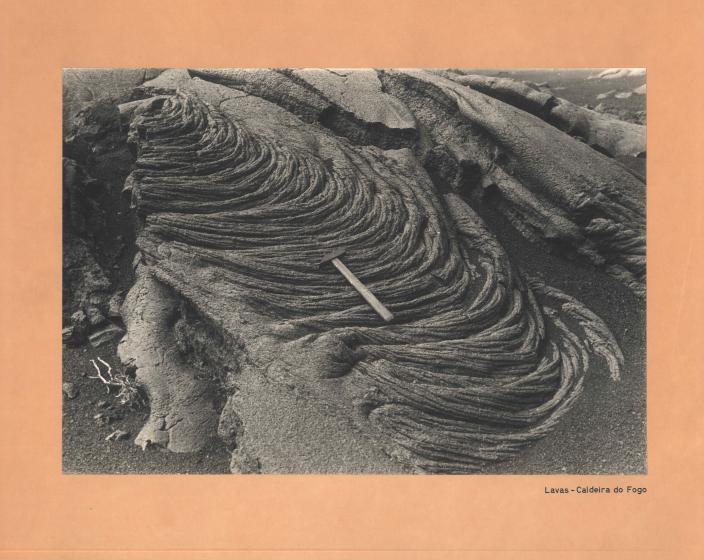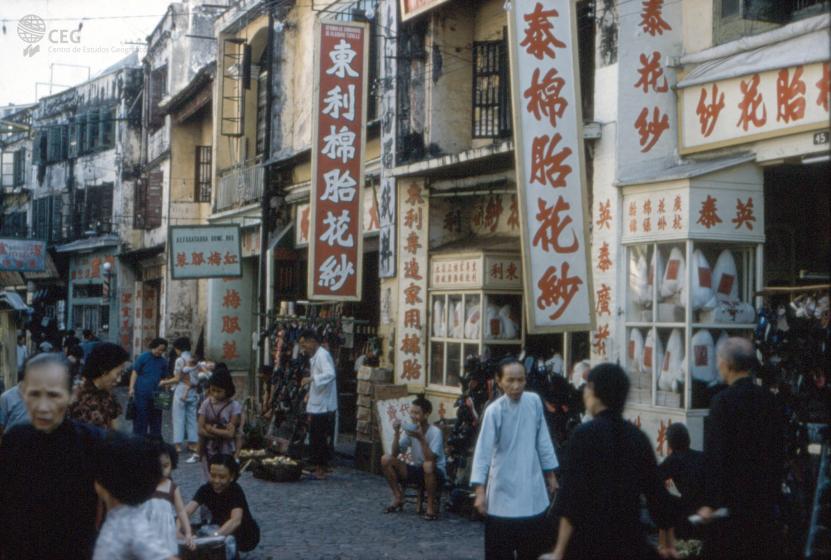Photo Library
The documentary heritage held by the Photo Library of the Centre of Geographical Studies, part of the Institute of Geography and Spatial Planning at the University of Lisbon (CEG/IGOT-ULisboa), is a unique scientific resource that reflects the practice of Portuguese geography over approximately eight decades. This collection comprises over 50,000 photographic images, the majority of which were obtained in fieldwork contexts by successive generations of researchers.
Due to photographs' ability to provide what appears to be an objective representation of terrain, this type of object played a crucial role in establishing geography as a modern scientific discipline during the early decades of the 20th century. In the specific case of the CEG Photo Library, we have a collection of visually important documents on the various "landscapes" of Portugal and the world, studied by the Portuguese academic geography community. This archive also includes a significant number of photographs taken by foreign researchers, highlighting CEG's high level of internationalisation since its foundation in 1943 by Orlando Ribeiro.
The CEG Photo Library is committed to reconciling its responsibilities for inventorying and conserving these materials with studying the different historical and scientific contexts that influenced the production and original use of the main series of photographs in this photographic collection. It also engages in initiatives to increase the visibility and public dissemination of this heritage, recognising its responsibility to make these materials available for new uses in education, scientific research, and society at large.
In this sense, the CEG Photo Library has increasingly played an active role as a partner in organising exhibitions and other initiatives aimed at the general public, beyond the academic environment. The fact that a significant part of this collection originates from study expeditions conducted in colonial contexts means that the Photo Library of the Centre of Geographical Studies is involved in contemporary dynamics aimed at repositioning these objects in a post-colonial context and opening up the archive to interpretations that facilitate the reappropriation and resignification of photography in the context of "classical" geography, as well as contributing to a broader reflection on the role of photographs in the history of Portuguese colonialism.

